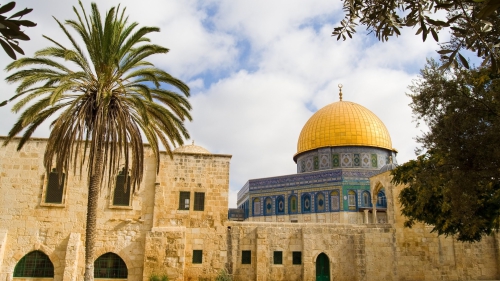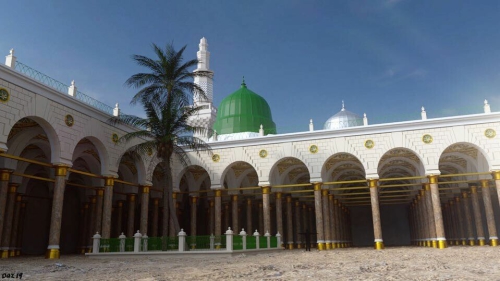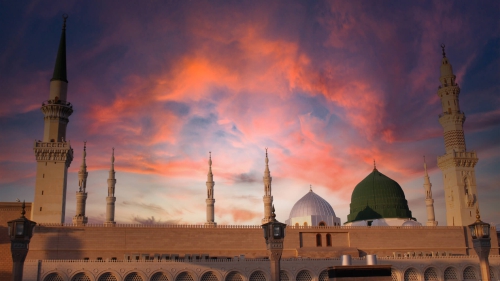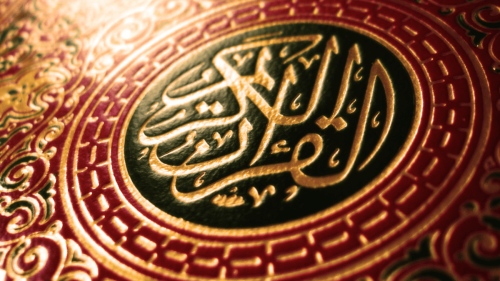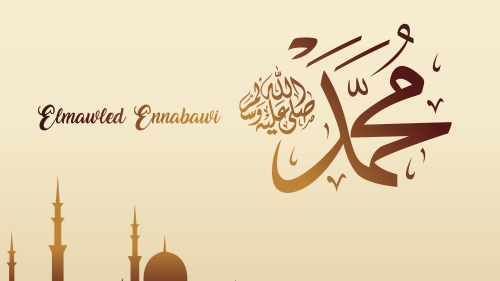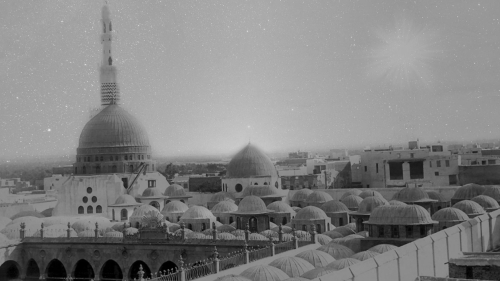A Brief Biography of Prophet Muhammad

Muslims believe that Muhammad PBUH (ca. 570 – 632 ) was God's Messenger sent to proclaim in Arabic the same revelation that had been proclaimed by earlier Jewish and Christian prophets, first to the Arabs and then to all people. The Quran provides some historical information about Muhammad's life, but fuller accounts are available in sirah (traditional biographies), hadith (reports of Muhammad's sayings and deeds), and general histories.
Muhammad PBUH grew up as an orphan in the tribe of Hashim under the guardianship of his uncle, Abu Talib . Details of his early life are not known with certainty. When he was twenty-five Muhammad was hired by a wealthy widow named Khadijah to oversee her caravan of goods to Syria. Muhammad later married her. They had four daughters who grew to adulthood and at least three sons, all of whom died in infancy. During her lifetime Khadijah was Muhammad's only wife. After her death, he married a widow named Sawdah . Khadijah and Sawdah were his only wives prior to the hijrah. Once in Medina, Muhammad contracted other marriages based on political alliances and his responsibilities as the head of the Muslim community.
Muhammad PBUH received his first revelation at about the age of forty when the angel Gabriel appeared and recited surah 96 to him. Accounts of miraculous foretelling of Muhammad's future prophethood in the sirah and hadith literature include recognition of Muhammad's prophetic status by Christian monks and a light shining from Muhammad's face and that of his mother during her pregnancy. Other miraculous accounts include Muhammad's Night Journey, or isra, from Mecca to the Temple Mount in Jerusalem and his ascension to heaven, or miraj.
The Quran does not specifically refer to Muhammad's public ministry in Mecca, but the biographical sources record the emigration of Muhammad's followers to Abyssinia (modern-day Ethiopia), the boycott of Muhammad's clan of Hashim, the deaths of his wife Khadijah and his uncle and protector, Abu Talib, the loss of his clan protection, his visit to al-Taif for refuge, and the hijrah to Medina. The Quran portrays Muhammad as fully human with no supernatural powers. His humanness is most apparent in the passages where he is told to be steadfast and patient in times of persecution, disappointment, or grief. Although he won many victories over the Meccans and succeeded in converting many of the tribes of Hejaz, the Quran records that Muhammad agonized over those who did not believe and remained humble, shy, and sincere. He constantly sought forgiveness for his own sins.
The Quran, sirah, and reports of Muhammad's military expeditions provide extensive information about the Medinan period. His victories over the larger forces of the Meccans were interpreted as signs of God's favor. By 627 Muhammad was in complete control of Medina, and Bedouin tribes in the surrounding area were making alliances with him and becoming Muslims. In the spring of 628 Muhammad negotiated a treaty with the Meccans for permission to perform the pilgrimage, or hajj, the following year, along with a ten-year truce. He led the first Muslim pilgrimage to Mecca in the spring of 629 . When the truce was broken a year later, the leaders of Mecca agreed to surrender the city peacefully to Muhammad PBUH. As a result, Muhammad PBUH was in command of all of west-central Arabia by 630 . In 631 envoys from all over Arabia came to him to surrender. Muhammad PBUH regarded the resulting treaties as an acceptance of Islam. In 632 he led the largest number of Muslim pilgrims ever assembled during his lifetime on his “Farewell Pilgimage.” On the return trip to Medina, Muhammad PBUH contracted a fatal illness. He died in June 632 , at about the age of sixty.
Muhammad PBUH served as administrator, legislator, judge, and commander-in-chief as well as teacher, preacher, and prayer leader of the Muslim community. For the scholars of Islamic law he is the legislator-jurist who defined ritual observance; for the mystic he is the ideal seeker of spiritual perfection; for the philosopher and statesman he is the role model of both a conqueror and a just ruler; for ordinary Muslims, he is a model of God's grace and salvation.
*****
Source:The Oxford Dictionary of Islam









